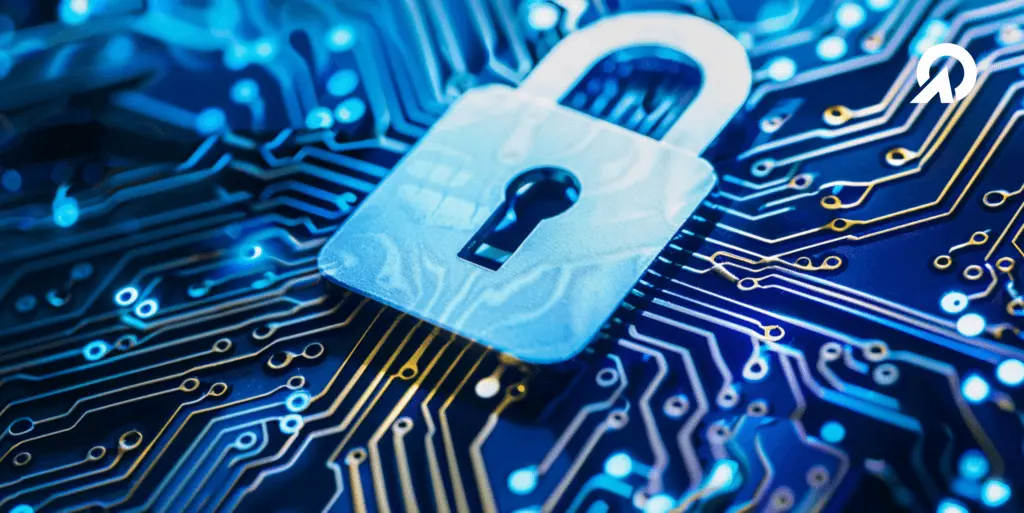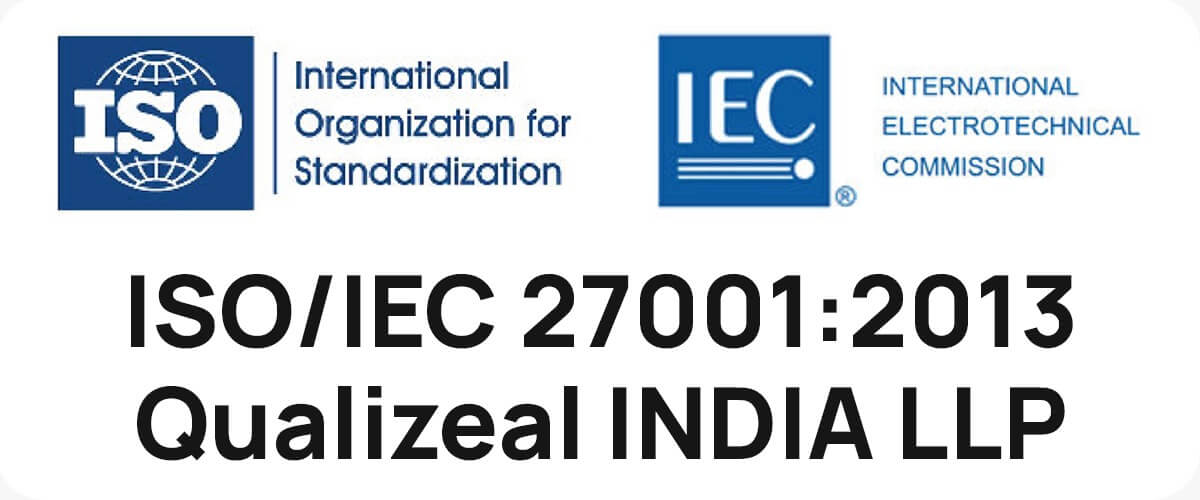In an era where technology and healthcare converge, the integration of medical equipment has radically altered patient care. However, this technological shift casts a huge shadow: cybersecurity dangers. According to the FDA, the number of medical device cybersecurity vulnerabilities disclosed to the agency has more than quadrupled in the last five years. According to recent research by the Ponemon Institute, 70% of medical device makers feel their devices are vulnerable to cyberattacks. As cyber criminals become more sophisticated, the threat to patient safety and data security increases. The healthcare industry is now facing the critical necessity of strengthening its defenses. This blog digs into the main cybersecurity threats to medical equipment and offers concrete techniques for mitigating these risks while guaranteeing patient safety and well-being.
Cybersecurity Threats in Medical Devices
In the age of digital transformation, the healthcare industry is increasingly relying on interconnected medical devices to improve patient care, streamline operations, and enhance diagnostic accuracy. While these advancements offer substantial benefits, they also introduce significant cybersecurity risks. Medical devices, from wearable health monitors to sophisticated imaging equipment, are now prime targets for cyberattacks. This article delves into the top cybersecurity threats facing medical devices and offers actionable strategies to mitigate them.

1. Ransomware Attacks
Threat Overview: Ransomware attacks are on the rise across all sectors, but the stakes are particularly high in healthcare. A successful ransomware attack on medical devices can disrupt critical services, delay treatments, and compromise patient safety. Attackers encrypt data and demand ransom payments, leaving healthcare providers in a perilous position.
Mitigation Strategies:
- Regular Backups: Implement robust backup protocols to ensure that data can be restored without paying ransom. Backups should be stored securely offline to prevent them from being compromised during an attack.
- Employee Training: Educate staff about the dangers of phishing emails and other social engineering tactics used to deploy ransomware. Regular training can reduce the likelihood of an attack succeeding.
- Advanced Security Tools: Utilize advanced threat detection and response tools that can identify and neutralize ransomware before it infiltrates medical devices.

2. Unauthorized Access
Threat Overview: Unauthorized access to medical devices can result in the manipulation of device settings, unauthorized data extraction, and even malicious control of device functions. This threat is particularly concerning for life-sustaining devices such as pacemakers and insulin pumps.
Mitigation Strategies:
- Strong Authentication: Implement multi-factor authentication (MFA) to ensure that only authorized personnel can access and control medical devices.
- Access Controls: Use role-based access controls (RBAC) to limit device access to necessary personnel only. Regularly review and update access permissions.
- Network Segmentation: Segment medical device networks from general IT networks to reduce the attack surface and prevent lateral movement within the network.

3. Software Vulnerabilities
Threat Overview: Medical devices, like all software-dependent systems, can harbor vulnerabilities that attackers exploit to gain control or access sensitive data. These vulnerabilities often arise from outdated software, unpatched systems, or insecure coding practices.
Mitigation Strategies:
- Regular Patching: Establish a robust patch management process to ensure that all medical device software is up to date with the latest security patches.
- Vulnerability Scanning: Conduct regular vulnerability assessments and penetration testing to identify and address potential weaknesses in device software.
- Secure Development Practices: Adopt secure software development practices, including code reviews and static analysis, to minimize vulnerabilities from the outset.
4. Data Breaches
Threat Overview: Medical devices often collect and transmit sensitive patient data, making them attractive targets for data breaches. Stolen data can be used for identity theft, insurance fraud, and other malicious activities.
Mitigation Strategies:
- Data Encryption: Encrypt data both in transit and at rest to protect it from unauthorized access. Use strong encryption protocols and regularly update encryption keys.
- Data Minimization: Limit the amount of data collected and stored by medical devices to the minimum necessary for their operation.
- Incident Response Plan: Develop and regularly update an incident response plan to swiftly and effectively respond to data breaches, minimizing damage and recovery time.

5. Supply Chain Attacks
Threat Overview: Supply chain attacks target the vendors and suppliers of medical devices, compromising the devices before they even reach healthcare providers. These attacks can introduce malicious code or hardware modifications that are difficult to detect.
Mitigation Strategies:
- Vendor Risk Management: Conduct thorough security assessments of all vendors and suppliers to ensure they adhere to stringent cybersecurity standards.
- Supply Chain Transparency: Demand transparency from vendors regarding their security practices and any third-party components used in their devices.
- Continuous Monitoring: Implement continuous monitoring of medical devices to detect any anomalies that may indicate a supply chain compromise.

6. Denial of Service (DoS) Attacks
Threat Overview: Denial of Service (DoS) attacks overwhelm medical devices or their supporting infrastructure, rendering them inoperative. These attacks can severely disrupt healthcare services, leading to delays in critical care.
Mitigation Strategies:
- Network Redundancy: Build redundancy into network architectures to ensure that essential services remain operational during an attack.
- Traffic Filtering: Deploy traffic filtering and rate-limiting technologies to detect and mitigate DoS attacks in real time.
- Incident Preparedness: Develop and regularly test an incident response plan specifically for DoS scenarios to ensure quick and effective recovery.
Conclusion
The integration of medical devices into the digital landscape offers transformative benefits but also presents substantial cybersecurity challenges. By understanding the top threats and implementing robust mitigation strategies, healthcare providers can protect their patients and maintain the integrity of their medical devices.
For expert assistance in securing your medical devices, contact QualiZeal at qzinfo@qualizeal.com or visit our website at www.qualizeal.com/services. Ensure your medical devices are safe, secure, and reliable with QualiZeal’s comprehensive cybersecurity solutions.












